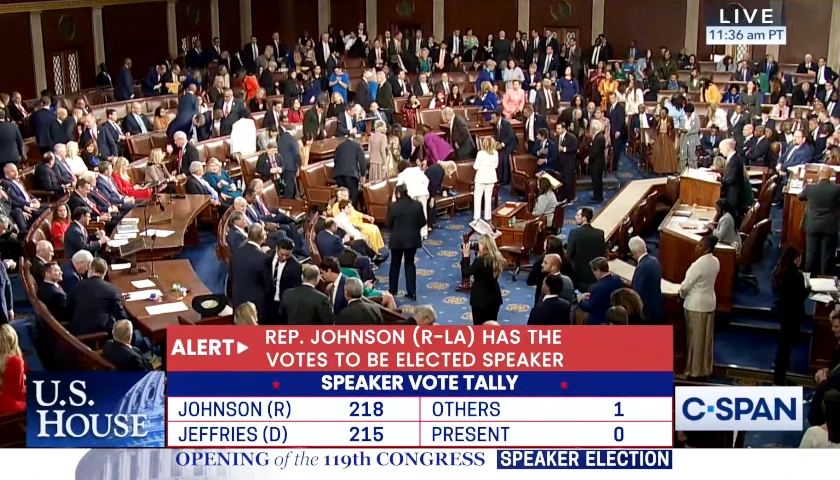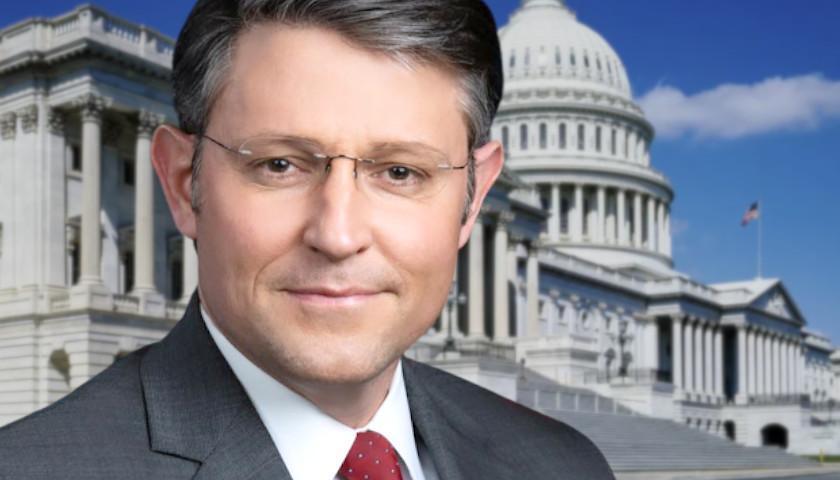by Bruce Walker
Adversarial relations between Boyce Hydro and state agencies may have had a pronounced contribution to the massive flooding that required the evacuation of nearly 11,000 Midland and Gladwin county residents last month and destroyed or significantly damaged hundreds of homes when the Edenville Dam in Gladwin County failed, causing the Sanford Dam in Midland County to breach.
Added to the already contentious relationship between Boyce Hydro, the private owner of four dams situated on the Tittabawasee River, and the Michigan Department of Environment, Great Lakes and Energy (EGLE; formerly known as the Department of Environmental Quality or DEQ) was legal action initiated by the Michigan Office of the Attorney General and enforced by EGLE.
“Today the evidence appears to show that both the dam’s owner and the state agency charged with regulating the dam set the conditions that allowed a recent flood to push it to rupture,” Jason Hayes, Mackinac Center for Public Policy Environmental Director, wrote in a blog post.
David Robertson, who formerly represented Grand Blanc as both a state representative and senator and served on natural resource committees in both positions, concurs with Hayes.
“EGLE most certainly has the ability to work on issues with dam owners in noncompliance,” Robertson told The Center Square. “What has been apparent to me for some time is their unwillingness to do so.”
Noting he had once attempted to find funding to repair a dam in Goodrich, a town in his district, he was dismayed at the response he received.
“I was told there was no money in the DEQ budget to repair dams, only remove them,” Robertson said. “When I was a legislator I witnessed what was then called the DEQ and its manifest inability to close a file. They choose to hold an anvil over the head of private citizens rather than trying to assist them.”
EGLE Dam Safety staff member Luke Trumble, in a Friday morning media briefing, noted the Edenville Dam was one of Michigan’s top-6 “high hazard” dams. He said EGLE was working with the owner of one of the other five dams he listed – the Little Black River Structure B in Cheboygan County – to pursue grant funding to repair the dam.
However, as the Detroit News reported Friday morning, the Michigan Department of Natural Resources last year denied a $1.6 million request to fix the Edenville Dam made by the Four Lakes Task Force, a group seeking to purchase the dams.
Gov. Gretchen Whitmer assigned EGLE the responsibility of investigating what caused the Edenville Dam to fail and Sanford Dam to breach on May 19 during a massive downpour delivering approximately 6 inches to 8 inches of rain in 48 hours. Her announcement that EGLE would handle the investigation raised concerns of a conflict of interest due to the fact EGLE has been named as a defendant in several pending lawsuits pertaining to the flooding.
EGLE spokesperson Nick Assendelft disagrees with the conflict-of-interest charge.
“The governor’s letter instructs us to call on other departments and outside experts to put together the pieces of this investigation,” he said in a phone conversation with The Center Square.
When asked whether the October 2018 report by Jim Pawloski, in which the EGLE hydrologist declared the Edenville Dam in “fair structural condition,” was a serious error, Assendelft noted the dam had been cited by the Federal Energy Management Commission on numerous occasions prior to FERC transferring regulatory authority to EGLE.
Among the issues noted by FERC was the dam’s limited spillway capacity. Because Boyce Hydro did not fully address these issues, FERC pulled the company’s license to produce and sell hydroelectricity. As a result, the financially strapped company had even less money to conduct required repairs.
Once FERC canceled Boyce’s license in 2018, regulatory jurisdiction of the Edenville Dam reverted to EGLE. That’s when Pawloski conducted his investigation and issued his October 8, 2018 report in which he wrote: “[T]here were no observed deficiencies that would be expected to cause immediate failure of the dam.”
Wrote Hayes: “[T]he 2018 inspection report did not mention inadequate spillway capacity, nor did it recommend further assessments or repairs.”
However, Assendelft claims Pawloski’s determination was only a preliminary report.
“This was not a complete inspection,” he said. “It was a preliminary review.”
Assendelft said the responsibility for a more thorough report was supposed to be submitted to EGLE by Boyce Hydro. The report, he said, was to be written by a “consultant hired by the owner.”
Boyce Hydro did not meet the March 2020 deadline EGLE had established for the finished report.
EGLE Dam Safety staff member Luke Trumble acknowledged the Edenville Dam was one of six Michigan dams classified in its High Hazard category.
“The hazard potential classification is not based upon the structural condition of the dam,” he said, but added dams under that classification required significant improvements and posed a potential threat to human life.
Complicating matters was a lawsuit filed by Michigan Attorney General Dana Nessel, the Department of Natural Resources and EGLE, which stated Boyce had lowered lake levels illegally – an action alleged to kill freshwater mussels for which the agencies sought compensation. The suit, filed April 30, 2020, was preceded by another lawsuit brought jointly by the Attorney General’s office, Midland County and Four Lakes Task Force (a group attempting to purchase and repair the dams). That suit was settled in May 2019 when Judge Stephen Carras in Circuit Court for the County of Midland established minimum lake levels after Boyce was said to have drawn water down beneath legal minimum limits in 2017 and 2018.
Assendelft told The Center Square the court’s decision required EGLE to enforce maintaining higher water levels between the dams.
For its part, Boyce Hydro argued raising the water levels would jeopardize the structural integrity of the dam until repairs could be performed.
“It would have been a much different outcome if instead of aggressively fighting a crusade against Boyce Hydro, EGLE chose to work with them to repair the dams,” Robertson said. “Whether that meant securing grants or assisting them with any other funding mechanism, it would have been far preferable than the disaster that actually happened.”
– – –
Bruce Walker is a regional editor at The Center Square. He previously worked as editor at the Mackinac Center for Public Policy’s MichiganScience magazine and The Heartland Institute’s InfoTech & Telecom News.





